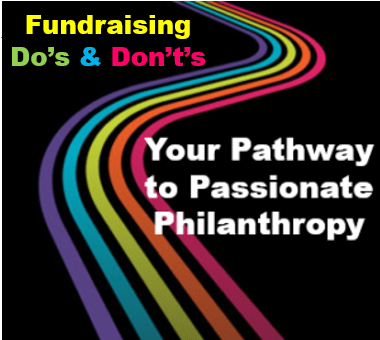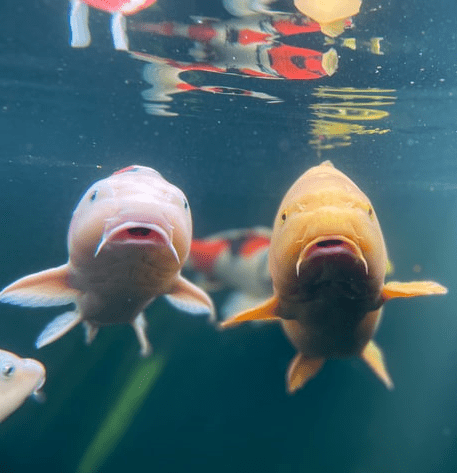 Here comes my occasional “Do’s vs. Don’ts” feature, where I share with you something arriving in my mailbox that seems a good ‘teaching opportunity.’
Here comes my occasional “Do’s vs. Don’ts” feature, where I share with you something arriving in my mailbox that seems a good ‘teaching opportunity.’
Today we’re going to review a fundraising campaign thank you email.
It’s very simple, which is why I’ve selected it. Because simple can be deceptive. So much so, in fact, that putting it together may seem unworthy of a strategic approach. Gosh darn it — we had a successful campaign and now we’re simply closing the loop and letting our community know it was a success. How much time investment is merited here, really? Come on! Just the fact we’re sending this is good, right?
Wrong. Alas, as the old adage goes, anything worth doing is worth doing well. Otherwise, you might inadvertently create an unintended consequence.
You may think I’m picking nits. Perhaps. But if you’ve got nits, they’re pretty uncomfortable. And that’s how this email made me feel. Except… for the parts that didn’t make me feel that way. This email is a melange of do’s and don’ts.
We’ll take a look at the various elements; then assess what works/doesn’t work.
There’s (1) a subject line, (2) the email itself, and (3) what happens if/when you click through and are transported to the donation landing page.
I’ll ask you some questions.
- Would you open this email?
- If yes, why?
- If no, why?
- What looks good about the email?
- What looks not so good about the email?
- Would it inspire you to click through?
- If yes, why?
- If no, why not?
- Once you click through, would you be inspired to take action?
- If yes, why?
- If no, why not?
First, I’d like you to think about your answers and jot them down.
Second, I’ll tell you what I think.
Third, if you disagree with me please let me know in the comments below.
Really take the time to notice what you like and don’t like.
I promise you’ll learn a LOT more this way. We learn best by doing.
Seriously, I mean it.
Let’s begin at the beginning.
Subject Headline
“We did it!”
This may help: Take three minutes and jot down your answers to the first three questions on a piece of paper or your screen. I want to know if what was in the subject headline would have caused you to open the email or hit ‘delete.’ If you’d open it, why?
Okay. Ready to learn what I think thus far, and also see what else we’re working with?
Let’s begin!
Does this Email Say “Open Me?”
Details
 A couple of years ago I wrote about 4 Strategies to Listen so Others Will Talk, noting the secret to building authentic relationships is to use your two ears and one mouth in that proportion.
A couple of years ago I wrote about 4 Strategies to Listen so Others Will Talk, noting the secret to building authentic relationships is to use your two ears and one mouth in that proportion.




 When you’re not aware you’re making a mistake, it’s hard to avoid it.
When you’re not aware you’re making a mistake, it’s hard to avoid it.



 There’s a lot of potential legacy giving out there in the universe. Per
There’s a lot of potential legacy giving out there in the universe. Per 
 Are you in the right pond?
Are you in the right pond?
 Did you ever wonder if there is a foolproof way to communicate with donors?
Did you ever wonder if there is a foolproof way to communicate with donors?